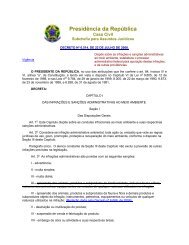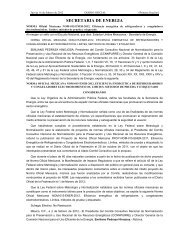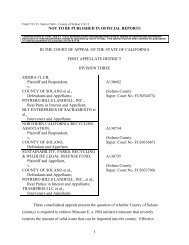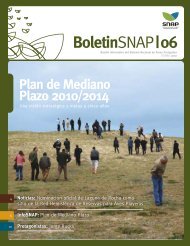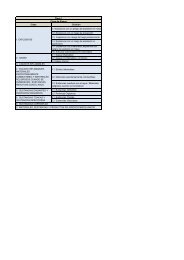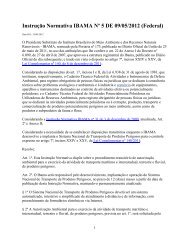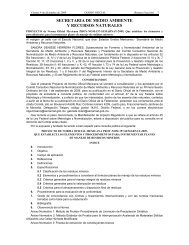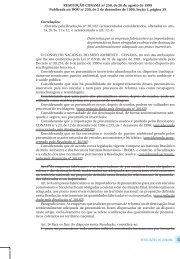OceAn science OceAn science OceAn science
OceAn science OceAn science OceAn science
OceAn science OceAn science OceAn science
Create successful ePaper yourself
Turn your PDF publications into a flip-book with our unique Google optimized e-Paper software.
Immediate improvements can be made to in situ instrumentation in eco-genomics,<br />
to interdisciplinary ocean observing, and to sensors in support of satellite-derived ocean<br />
color (used to estimate biological [phytoplankton] and biogeochemical [carbon] materials<br />
in surface waters) and new biological and biogeochemical observations. Creation of a<br />
common library of genetic “barcodes” is a critical step in the development of fast, economical<br />
genetic screening procedures to identify marine organisms. Such procedures will<br />
help reveal basic ocean processes controlling biodiversity and productivity, such as the<br />
distribution and abundance of harmful algae and pathogens. Advancing novel capabilities<br />
and moving high-impact/high-utility sensors from research to broad operational use will<br />
allow for physical sensors capable of providing a better understanding of ocean transport<br />
and fluid velocity, and chemical sensors that can reliably detect toxins and ecologically<br />
important nutrients. Enhancing in-water instrumentation used in ground-truth exercises<br />
will improve the quality and usefulness of ocean-color data provided by satellites, and will<br />
aid in the development of new space-based, ocean biological and biogeochemical measurements.<br />
Improving ground-truth and in situ observations will significantly advance<br />
understanding of—and ability to model—ocean systems (ecology, biology, carbon) and<br />
their role in the Earth system, as well as the potential impact of human activities. Parallel<br />
advances in power-supply technologies and data transfer must also occur to ensure in situ<br />
sensor operation in a variety of environments and within a variety of networks. Advancing<br />
sensor capabilities will enable new, multiscale observations that provide information<br />
needed to better define marine resource management options, help understand processes<br />
that influence ecosystem health, serve as the basis for forecasting ocean-related risks to<br />
human health and safety, and shed light on the impact of climate variability and change<br />
on the ocean, marine life, and humans. Expanding sensor capabilities will build on existing<br />
mechanisms of support (e.g., agency programmatic priorities) and coordination (e.g.,<br />
public-private partnerships), and development efforts (e.g., laboratory-based prototypes,<br />
expanded capability of existing satellite sensors).<br />
57




